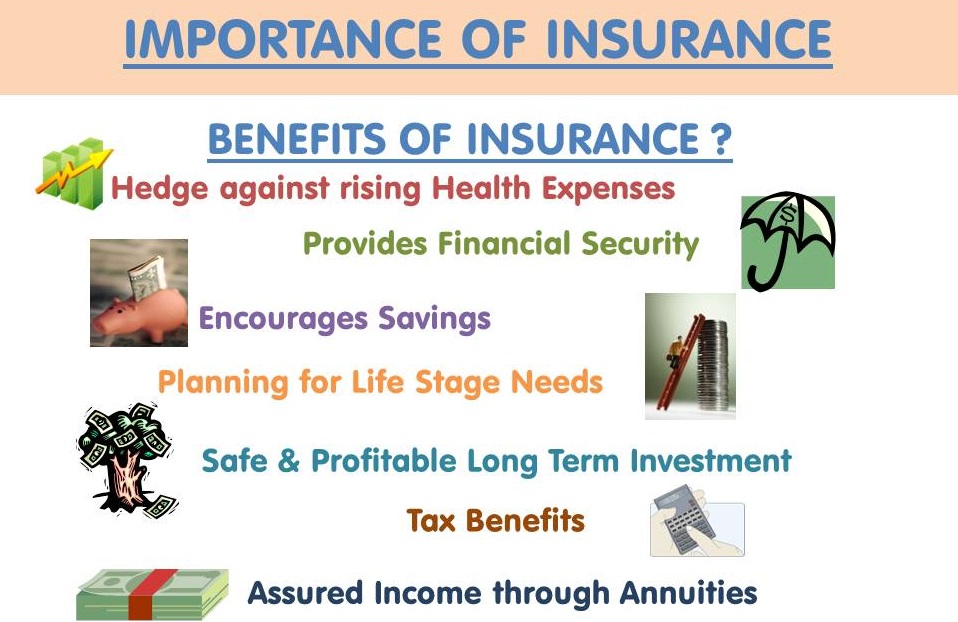An Unbiased View of Pacific Prime
An Unbiased View of Pacific Prime
Blog Article
Pacific Prime - Truths
Table of Contents9 Simple Techniques For Pacific PrimeHow Pacific Prime can Save You Time, Stress, and Money.Not known Facts About Pacific PrimeThe Best Strategy To Use For Pacific PrimeThe Facts About Pacific Prime Uncovered

This is because the information were gathered for a duration of solid economic efficiency. Of the estimated 42 million individuals that were uninsured, all yet regarding 420,000 (concerning 1 percent) were under 65 years of age, the age at which most Americans end up being qualified for Medicare; 32 million were adults in between ages 18 and 65, about 19 percent of all adults in this age team; and 10 million were youngsters under 18 years of age, about 13.9 percent of all kids (Mills, 2000).
These price quotes of the number of persons without insurance are generated from the annual March Supplement to the Current Population Survey (CPS), performed by the Census Bureau. Unless or else noted, national estimates of people without wellness insurance coverage and percentages of the population with different type of coverage are based on the CPS, the most widely made use of source of estimates of insurance coverage and uninsurance rates.
Fascination About Pacific Prime

Still, the CPS is specifically valuable due to the fact that it generates annual quotes fairly swiftly, reporting the previous year's insurance coverage approximates each September, and because it is the basis for a consistent collection of price quotes for greater than twenty years, enabling analysis of fads in insurance coverage in time. For these reasons, along with the extensive use the CPS in other research studies of insurance coverage that are offered in this report, we rely upon CPS estimates, with constraints noted.

The estimate of the number of uninsured individuals expands when a populace's insurance coverage condition is tracked for several years. Over a three-year duration beginning early in 1993, 72 million individuals, 29 percent of the united state populace, lacked protection for at least one month. Within a single year (1994 ), 53 million people experienced a minimum of a month without protection (Bennefield, 1998a)
Six out of every 10 uninsured grownups are themselves used. Functioning does enhance the likelihood that one and one's household members will have insurance policy, it is not an assurance. Even participants of families with 2 full-time breadwinner have almost a one-in-ten possibility of being without insurance (9.1 percent uninsured price) (Hoffman and Pohl, 2000).
Pacific Prime Fundamentals Explained
New immigrants account for a significant proportion of individuals without medical insurance. One analysis has actually attributed a considerable part of the current growth in the dimension of the united state without insurance population to immigrants who got here in the country between 1994 and 1998 (Camarota and Edwards, 2000). Recent immigrants try this out (those who pertained to the United States within the past four years) do have a high price of being without insurance (46 percent), yet they and their kids make up simply 6 percent of those without insurance nationally (Holahan et al., 2001).
The connection in between medical insurance and access to care is well established, as documented later in this phase. The connection in between wellness insurance policy and health outcomes is neither straight neither basic, a considerable clinical and health solutions research study literature web links wellness insurance policy coverage to improved accessibility to care, much better high quality, and enhanced individual and population health standing.
Levels of analysis for examining the results of uninsurance. This conversation of medical insurance coverage concentrates mostly on the U.S. populace under age 65 since practically all Americans 65 and older have Medicare or other public protection. It focuses particularly on those without any type of health and wellness insurance coverage for any type of size of time.
Pacific Prime Can Be Fun For Anyone
The issues faced by the underinsured are in some respects comparable to those dealt with by the uninsured, although they are usually less extreme. Health and wellness insurance coverage, nevertheless, is neither necessary neither adequate to gain accessibility to medical solutions. The independent and direct result of health insurance coverage on accessibility to health and wellness solutions is well established.
Others will obtain the healthcare they require even without medical insurance, by spending for it out of pocket or seeking it from service providers that provide treatment complimentary or at highly subsidized prices. For still others, wellness insurance coverage alone does not ensure invoice of care due to various other nonfinancial obstacles, such as a lack of healthcare carriers in their neighborhood, minimal accessibility to transportation, illiteracy, or etymological and social differences.
A Biased View of Pacific Prime
Official study concerning without insurance populations in the United States dates to the late 1920s and early 1930s when the Committee on the Expense of Treatment generated a series of reports about financing doctor office visits and hospitalizations. This concern ended up being prominent as the numbers of clinically indigent climbed during the Great Anxiety.
Report this page